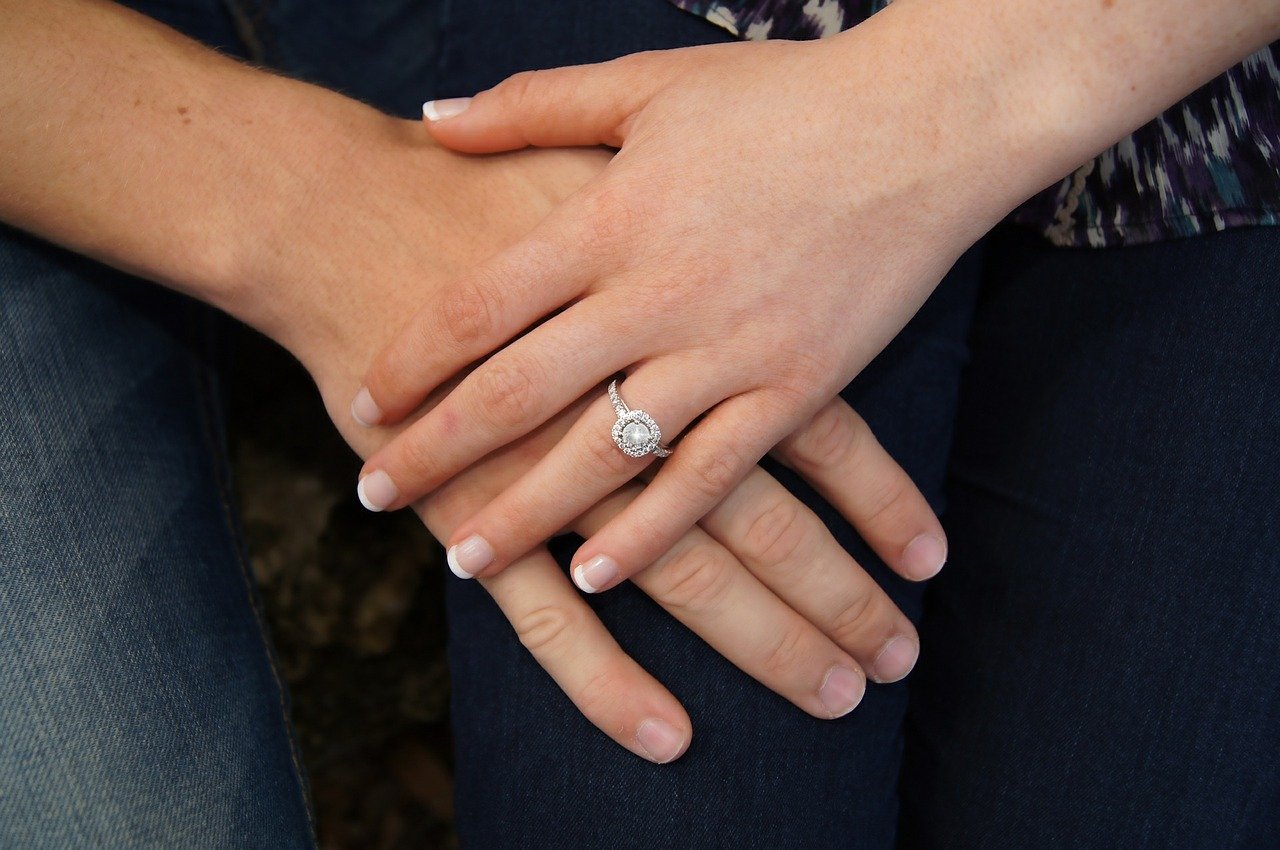 It is widely known that telling the difference between a really good diamond and an all right one can be tricky, and is best done under bright laboratory conditions, with fairly high tech equipment, a minimum of 10x magnification, and the assistance of a trained gemologist. Here are some more ways that you can learn how to compare diamonds so you can pick the best in any given situation.
It is widely known that telling the difference between a really good diamond and an all right one can be tricky, and is best done under bright laboratory conditions, with fairly high tech equipment, a minimum of 10x magnification, and the assistance of a trained gemologist. Here are some more ways that you can learn how to compare diamonds so you can pick the best in any given situation.
Compare and Contrast
One good way to tell if a diamond is good or not, is to do a direct side-by-side comparison with a known, previously verified diamond. For example, if you are being told that a stone is a great colour, rated E or F, for example, if your known stone has H colour, you should expect to see a slight color difference between the two. But this difference will probably only be discernible when the two stones are loose, being looked at against a pure white background, using a bright even light and a jeweler’s loupe for that all-important magnification. Differences in sparkle and symmetry of the scintillation can indicate inclusions in the stone, which will impact the clarity, and size issues will usually be picked up by eye. Having a known diamond, with a proven rating can help you to ascertain whether the unknown stone is as good as the vendor claims or not, as you can use if for visual confirmation.
Know What to Look For
A diamonds Brisbane expert says the best thing you can do is to educate yourself before you start comparing stones. Understand what is meant by clarity and colour, and make sure you can prioritise the four Cs to get the best deal. For example, size is often not the deciding factor in the value of the stone – clarity and cut are the top two points, followed by color, with carat weight trailing in at the back. It is important – it is not the most important factor though!
Let the Scientists Do the Heavy Lifting
If all else fails and your untrained eyes simply cannot see the difference between one stone and another – and do not be embarrassed if this happens, the differences between diamonds are literally microscopic, but can make huge differences to their value! – why not trust those who have made it their life’s work to assess and monitor the condition and quality of commercial diamonds?
All authorized diamonds over a certain size or value sold in the USA will come with certification from one of the two main authorities: AGS (American Gem Society) or GIA (Gemological Institute of America) who issue highly detailed and precise certificates for the stones that pass through their hands. You can check that the certification with the stone is accurate by checking the online register where you can read the specifications, view actual diamond image, and learn more about the stone you are planning to buy even as you check each descriptive point off between the online version and the physical version. All points should agree in every respect, and then you know precisely what you are holding, and can get a fair idea about its value.